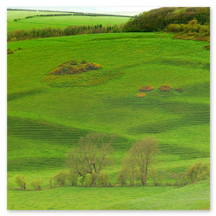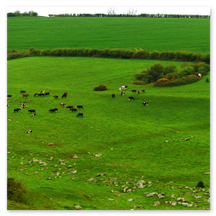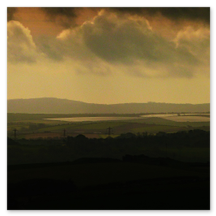The Valley of Stones, Dorset
The Valley of Stones NNR gets its name from the impressive series of sarsen boulders which tumble down the slope and floor of a dry chalk valley. It is considered to be one of the finest examples of a block stream, or boulder train, in Britain. Freeze/thaw conditions at end of the last Ice Age caused the sandstone rocks on top of nearby chalk hilltops to fragment and slump downhill by a process known as solifluction. There is evidence that the stones were used for local megalithic sites. The stones are set within a wider landscape of dry valleys and slopes of upper chalk, which includes extensive areas of fine calcareous grassland, rich in butterflies and wildflowers. Characteristic chalk downland plants such as salad burnet, small scabious, betony and wild thyme are abundant, with rarer plants such as clustered bellflower, autumn gentian and horseshoe vetch also present. Horsehoe vetch is abundant on the steep downland slopes, and is an important larval food plant for the two rare butterflies found on the reserve – the Adonis blue and the chalkhill blue.
Valley of Stones 360
tap/click to view













